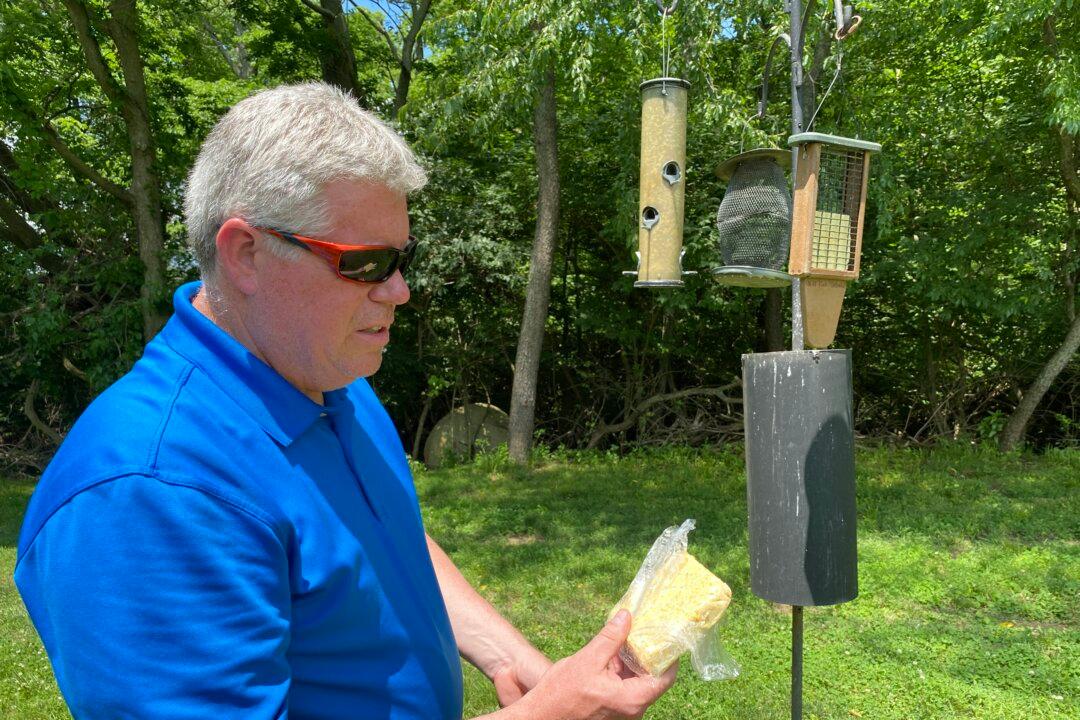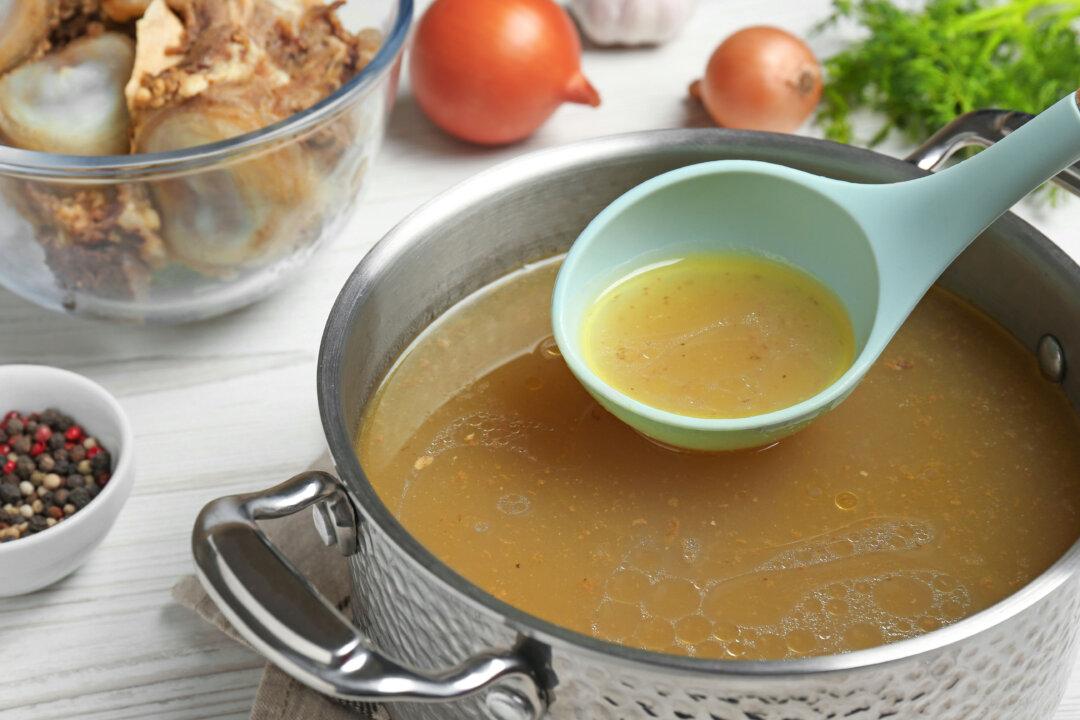Feeding birds responsibly by first keeping backyard bird feeders clean goes a long way in preventing illnesses such as salmonellosis in feeder birds, a central Illinois biology professor said.
Anthony “Tony” Rothering, professor of biology, mathematics and sciences at Lincoln Land Community College in Springfield, Illinois, is aware of a recent salmonellosis outbreak in common feeder birds such as pine siskins (songbirds) on which Wild Bird Feeding Institute research consultant Jenna McCullough has reported on in a recent blog.





